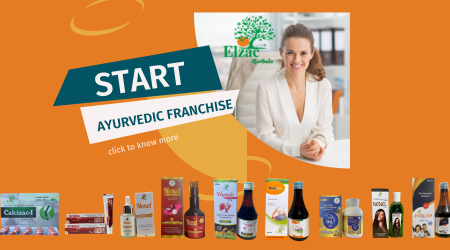Excipients are the biological inactive substances used in manufacturing of pharmaceutical products to convert a active pharmaceutical ingredients into stable pharmaceutical dosage form.
Excipient cover up a wide range of substances such as Diluents , Binders, Anti Adherents, Disintegrants, Glidants, Lubricants, Coating agents, Colouring agents, Flavors, Preservatives, Sorbents, Sweeteners, Vehicles etc.
Diluents: Diluents are the bulk forming agents used to make up solid dosage form volume for potent active ingredients which are to be used in small quantity and difficulty to convert into desired dosage form. Example: DCP
Binders: Binders are the agents used in tablet dosage form to hold ingredients together and ensure that tablet and granules can be formed with required mechanical strength. Examples: Sucrose, Gelatin, lactose etc.
Excipient cover up a wide range of substances such as Diluents , Binders, Anti Adherents, Disintegrants, Glidants, Lubricants, Coating agents, Colouring agents, Flavors, Preservatives, Sorbents, Sweeteners, Vehicles etc.
Diluents: Diluents are the bulk forming agents used to make up solid dosage form volume for potent active ingredients which are to be used in small quantity and difficulty to convert into desired dosage form. Example: DCP
Binders: Binders are the agents used in tablet dosage form to hold ingredients together and ensure that tablet and granules can be formed with required mechanical strength. Examples: Sucrose, Gelatin, lactose etc.
Anti-adherents: Anti adherents reduces adhesion between granules and punches, and prevent sticking to tablet punches by offering a non-stick surface. Examples: Magnesium Stearate etc
Disintegrants: Disintegrants are used for quick release of active ingredients from tablet dosage form when come in contact with water or digestive tract. Disintegrants examples: Cross linked sodium carboxy methyl cellulose.
Glidants: Glidants improve powder flow property and help in uniform distribution of active ingredient in dosage form. Examples: Magnesium Carbonate etc
Lubricants: Lubricants is useful in preventing easy ejection of tablet from punch by reducing friction. Also prevent ingredients from clumping together and from sticking to the tablet punches or capsule filling machine. Examples: Talc, magnesium stearate etc
Coating Agents: Coating agents are used for tablet coating, protect ingredients from deterioration and providing tablet a pleasant look. Examples: hydroxypropyl methylcellulose (HPMC) etc.
Colouring agents: Colouring agents are added to improve appearance of formulation. Examples: Tartrazine etc.
Flavors: Flavors are used to mask unpleasant tasting active ingredients and improve the acceptance. Examples: Mint, Vanilla etc.
Preservatives: Preservatives are used to prevent formulations during their shelf life. Examples: Methyl Paraben, Citric acid etc.
Sorbents: Sorbents are used for tablet/capsule moisture-proofing by limited fluid sorbing. Examples: desiccants
Sweeteners: Sweeteners are added to make formulations more acceptable and masking bitter taste of molecules. Examples:
Vehicle: Vehicle is the excipients which is used to convey medium for active ingredients generally in liquid and gel formulations. Examples: Sorbitol, Sugar Syrup etc.
Coating Agents: Coating agents are used for tablet coating, protect ingredients from deterioration and providing tablet a pleasant look. Examples: hydroxypropyl methylcellulose (HPMC) etc.
Colouring agents: Colouring agents are added to improve appearance of formulation. Examples: Tartrazine etc.
Flavors: Flavors are used to mask unpleasant tasting active ingredients and improve the acceptance. Examples: Mint, Vanilla etc.
Preservatives: Preservatives are used to prevent formulations during their shelf life. Examples: Methyl Paraben, Citric acid etc.
Sorbents: Sorbents are used for tablet/capsule moisture-proofing by limited fluid sorbing. Examples: desiccants
Sweeteners: Sweeteners are added to make formulations more acceptable and masking bitter taste of molecules. Examples:
Vehicle: Vehicle is the excipients which is used to convey medium for active ingredients generally in liquid and gel formulations. Examples: Sorbitol, Sugar Syrup etc.

Comments
Post a Comment